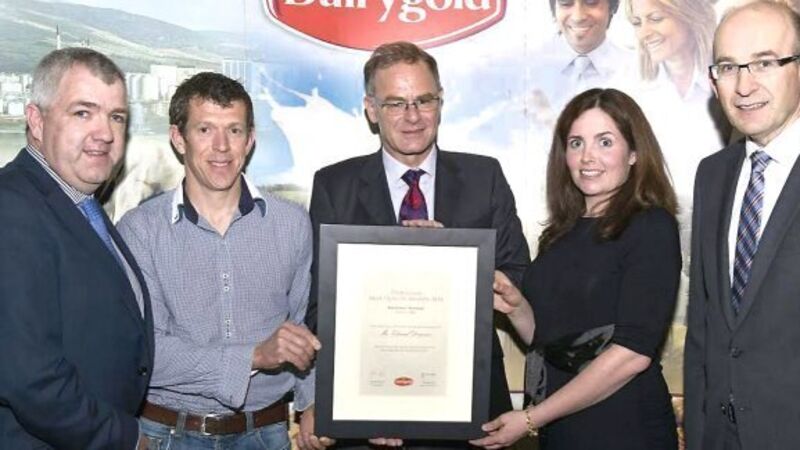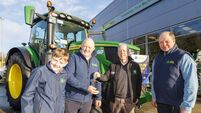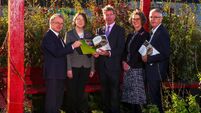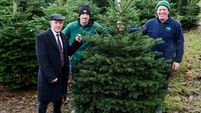Dairy Focus: Well-managed sward should be green to the base

If paddocks are getting too strong before cows, take them out and cut for silage as soon as possible and have them available for next rotation.
Some farmers keep too much grass in front of cows and this results in poor quality grass, a lot of topping, and waste of feed.
Some topping is necessary on most farms but it should be kept to a minimum through good management.
High topping is worse than no topping, as it only cuts off green material and leaves stemmy material.
Where ground conditions allow, swards should always be grazed tightly to under two inches; this will result in high quality swards and high milk yields in subsequent rotations.
Trials show that pastures grazed tightly early in the season produce two litres milk per cow per day more than pastures that were not grazed until later.
The first few grazings should set the stubble height for the remainder of the year.
The higher the proportion of leaf in grass the higher the amount of energy it will supply.
In a well-managed grazing system, the sward should be green to the base.
When the cows leave a paddock, it should be green, and ready for regrowths. This can be achieved by letting cows into relatively low covers of 1,250 to 1,400kg of DM/ha.
If pre-grazing covers are too high, it will be difficult to graze out properly, and the paddocks will have a whitish appearance after grazing.
The average farm cover in the grazing area should be 160-170kg of DM per cow.
Grazed grass is the best and cheapest feed, but grazing conditions in May have been mixed, and tough in heavy land.
The target set by most top farmers on reasonably good land is to produce 85-90% of milk from grass (including grass silage) at a stocking of 2.5 cows per hectare.
However, the proportion of feed that comes from grazed grass, compared to silage, makes a huge difference to the economics of milk production.
For example, there is an average loss of about 20% of nutrients, when grass is converted into silage, as well as very significant costs.
Therefore, the aim must be to maximise the grazed grass in the diet and minimise the losses in silage making. Due to poor grazing conditions, some farmers find they have some under-grazed paddocks.
If conditions are suitable, and these are needed in the current grazing cycle, they should consider strip grazing some of them, rather than cutting or feeding silage, even that this will require extra concentrates to maintain energy intake.
Of course, the top priority now is to get all paddocks back into shape, producing quality grass. Some paddocks could benefit from some top-seeding with clover and grass seed. Other paddocks may have to be topped.










